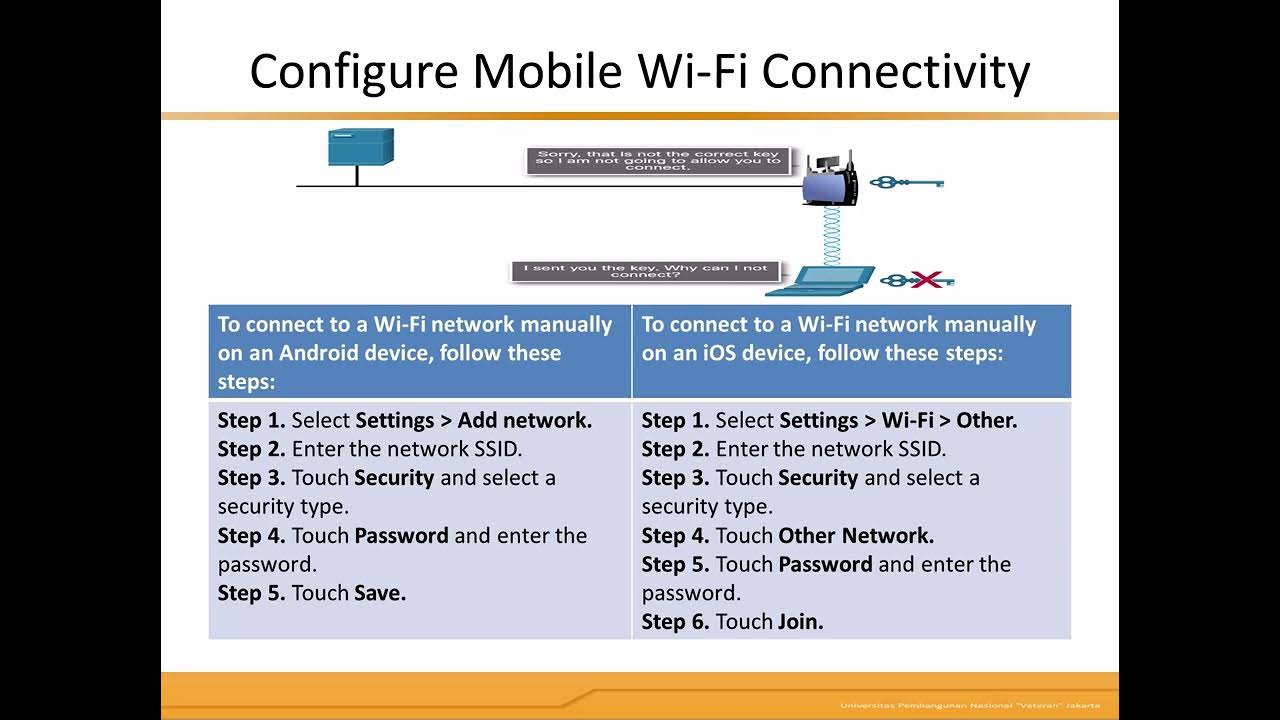nRF5 SDK - Tutorial for Beginners Pt 43 G - GAP Programming Basics
Summary
TLDRThis video tutorial delves into the Generic Access Profile (GAP) in Bluetooth Low Energy (BLE), crucial for managing device connections and access modes. It covers GAP's role in device discovery, link establishment, and security features. The presenter explains BLE roles: broadcaster, observer, central, and peripheral, with a focus on peripheral and central devices. The video outlines GAP features like device name, appearance, and security modes, then demonstrates coding for GAP initialization, including setting device name and preferred connection parameters, providing a foundational understanding of BLE communication.
Takeaways
- 📡 GAP stands for Generic Access Profile in Bluetooth Low Energy (BLE) and is responsible for connection functionality and access modes of devices.
- 🔄 Modes in GAP describe the working state of a device, such as broadcasting mode for peripherals and scanning mode for central/master devices.
- 🛠 Procedures in GAP define specific operations within a limited time, like connection parameter updates and security feature initiations.
- 🔑 Roles in BLE include broadcaster, observer, central, and peripheral, with central devices typically connecting to peripheral devices.
- 🔄 GAP is involved in various stages of BLE communication, from the physical layer to link layer control procedures, including connection updates and encryption.
- 🔒 Security modes in GAP can range from no security to authenticated pairing with data signing, ensuring data protection during BLE communication.
- 📱 GAP service features include device name, appearance characteristics, and peripheral preferred connection parameters (PPCP), which help in energy-efficient communication.
- 🔑 UUID 0x2a00 is specifically used for the device name characteristic in GAP.
- ⏱ PPCP allows a peripheral device to suggest connection parameters to the central device, which can accept, negotiate, or reject them.
- 🛡 Central address resolution is a GAP feature used to enhance BLE security by preventing tracking of devices through resolvable private addresses.
Q & A
What is the primary function of the GAP layer in Bluetooth Low Energy?
-The GAP layer is responsible for connection functionality, handling access modes and procedures of the device, including discovery, link establishment, link termination, initiation of security features, and device configuration.
What are the different modes a BLE device can be in according to the GAP?
-A BLE device can be in different modes such as broadcasting mode (for peripheral devices), scanning mode (for master devices), and others depending on the role and context.
What are the four basic roles defined by the GAP in BLE?
-The four basic roles defined by the GAP in BLE are broadcaster, observer, central, and peripheral.
What is the difference between a broadcaster and an observer in BLE?
-A broadcaster advertises its data, while an observer receives advertising data. Neither can establish connections; they are only involved in transmitting or receiving advertisement packets.
Why is it important to understand the peripheral side of BLE?
-Understanding the peripheral side of BLE is important because most devices act as peripherals, advertising data and connecting with master devices. It's crucial for mastering BLE communication.
What are the security modes available in GAP for securing data over BLE?
-There are various security modes in GAP, including no security, encryption, and authenticated pairing with or without data signature.
What is the purpose of the Device Name feature in GAP?
-The Device Name feature in GAP is used to identify the device, and it can be set to be discoverable or not discoverable by other devices based on security settings.
What is the significance of the Appearance characteristic in GAP?
-The Appearance characteristic in GAP helps the master device recognize the type of peripheral device it is connecting to, such as a heart rate monitor, keyboard, or mouse.
What are Peripheral Preferred Connection Parameters (PCPP) and why are they important?
-PCPP are special connection parameters that allow a peripheral device to communicate its preferred connection parameters to the master device, which is crucial for efficient and compatible connection setups.
How do connection intervals and slave latency contribute to energy efficiency in BLE devices?
-Connection intervals determine how frequently a device checks for connectivity, with longer intervals leading to better energy efficiency but potentially less real-time communication. Slave latency allows a peripheral device to skip connection events to conserve energy.
Outlines

Этот раздел доступен только подписчикам платных тарифов. Пожалуйста, перейдите на платный тариф для доступа.
Перейти на платный тарифMindmap

Этот раздел доступен только подписчикам платных тарифов. Пожалуйста, перейдите на платный тариф для доступа.
Перейти на платный тарифKeywords

Этот раздел доступен только подписчикам платных тарифов. Пожалуйста, перейдите на платный тариф для доступа.
Перейти на платный тарифHighlights

Этот раздел доступен только подписчикам платных тарифов. Пожалуйста, перейдите на платный тариф для доступа.
Перейти на платный тарифTranscripts

Этот раздел доступен только подписчикам платных тарифов. Пожалуйста, перейдите на платный тариф для доступа.
Перейти на платный тариф5.0 / 5 (0 votes)






